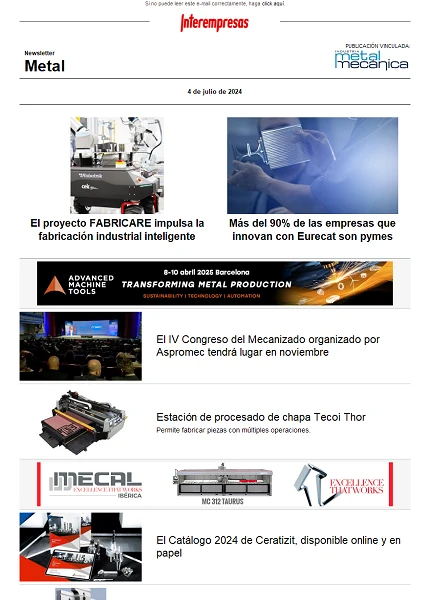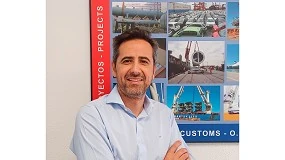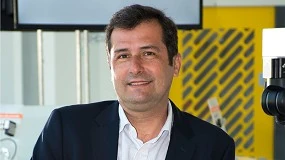The automotive industry holds the year 2001

The total production in the year 2000 in Spain surpassed for the first time the 3 million vehicles, with 3.032.874 units. But the year 2000 was exceptional in the majority of the economic sectors as it shows the fact that this figure descended in the year 2001 to levels nearer to 1999, with 2.849.888 vehicles produced.
However, this does not remove that the sector of the automotive sector represent 5% of the GDP in Spain and around 8% in employment and that it was, beside the construction and the tourism, one of the main sectors of the economy that generates more than the fourth part of our sales in the outside.
After a stage of crisis, the Spanish industry experienced from 1997 an important recovery that had his point álgido in the year 2000. Still like this, Spain explains in the actuality with a sector of automotive sector very developed.
According to the data of
The export also has descended 6,7% with little more than 2.336.000 units sold, of the which more than 1.791.000 they correspond to tourisms. Although these data have to contextualise since the increases of the year 2000 were extraordinary, with an upper increase to 8,3% with regard to the previous year. In spite of this, the percentage of exports with regard to the production of vehicles is significant so much in the year 2000 as in the year 2001. The main market of the Spanish exports keeps on being the European.
Overview
Although the production of vehicles experienced a considerable growth in the year 2000 of 6.33%, it should be noted that the largest increase occurred in 1998 with a 10.3%.
With respect to registrations, has been a trend contrary to production. In the year 2001 were enrolled 1.762.844 units, representing a slight rise on the year 2000 in that sales dropped by 1.94% with 1.716.940 units sold.
Production of passenger cars by brand
All brands increased their production in the year 2000, with the exception of Opel Spain, which was a drop of 8,13%, and Mercedes-Benz (- 6.56%). The brand that has experienced a greater increase was the PSA Group (46,51%) and within this group has highlighted Citroën (68,92%).
Global context
With regard to commercial vehicles, America and Asia outperform Europe in production while the growth in the year 2000 in the eurozone in Europe was superior to that of the rest of areas (7.98%).
Merger fever
Mergers and agreements between companies truly began in 1998. According to experts in automotive, this trend towards concentration continues and will continue in the future due to the low profitability of the sector, the need for heavy investment in research and development and the obligation to cover markets and product ranges.
However, the merger is non jauja and can be reversed with some projects due to cultural differences between companies, the obsession of the costs or the overestimation of opportunities. Although the current trend is the fusion already begins to speak from the year 2010 it will change the trend and begin to talk of splits.
It is not an isolated event in the evolution of the sector. The automotive sector has always experienced, since the 20s of the last century, cyclical periods of concentrations between undertakings. This has led, with the profusion of technological and strategic agreements between undertakings, there are many ties between automotive groups, or in more familiar terms, has led to that all are "primos-hermanos".
The objectives of this policy are to be present in all markets to better spread risk and carry out a policy of platforms to reduce costs and increase the supply of models.
This wave of agreements has also come to the industry auxiliary of the automotive industry. Europe will be the main stage of these operations as the size of the companies operating in this sector is less than American companies.
As a concrete fact, occurred in 1997 286 mergers in the US industry, 247 in Europe, 48 in Asia and 21 in the rest of the world.












































































